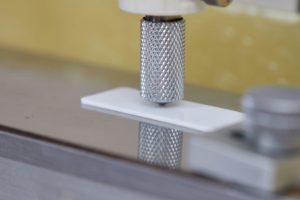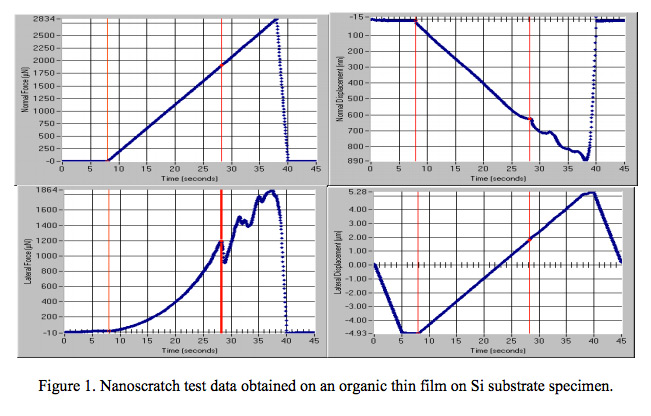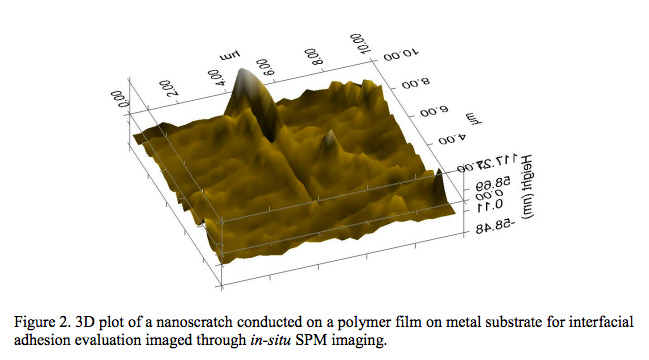- Lab Services
- Chemical
- Color Measurement
- Contact Angle
- Gloss Measurement
- Liquids
- Mechanical
- Abrasion
- AFM
- Contact Stylus Surface Roughness Analysis
- Depth Profiling
- Express Property Mapping through Accelerated Nanoindentation
- Macroscratch
- Microindentation
- Microscratch
- Modulus Mapping
- NanoDMA
- Nanoindentation
- Nanoscratch
- Rheology
- Scratch Testing ISO 1518
- Shore A and Shore D Hardness
- Universal Testing Machine
- Metallurgy
- Microscopy
- Particle Size
- Peel Strength
- Pore Size
- Surface Roughness & 3D Topography
- Technical Consulting
- Thermal
- Tribological
- X-Ray Diffraction
- Zeta Potential
- Products
- Industries
- Resources
- About Us
- Testimonials
- Contact Us


 Thousands of products require coatings or thin films in order to operate as intended. Their uses span many industries and their functions can vary depending on the substrate material and the intended use of the film. Although a coating or thin film may be functional, it is possible that it may not have all desired characteristics. The services supplied by Ebatco will integrate seamlessly into your company’s design process by giving you all of the data to determine which coating or thin film is best for your product.
Thousands of products require coatings or thin films in order to operate as intended. Their uses span many industries and their functions can vary depending on the substrate material and the intended use of the film. Although a coating or thin film may be functional, it is possible that it may not have all desired characteristics. The services supplied by Ebatco will integrate seamlessly into your company’s design process by giving you all of the data to determine which coating or thin film is best for your product.






